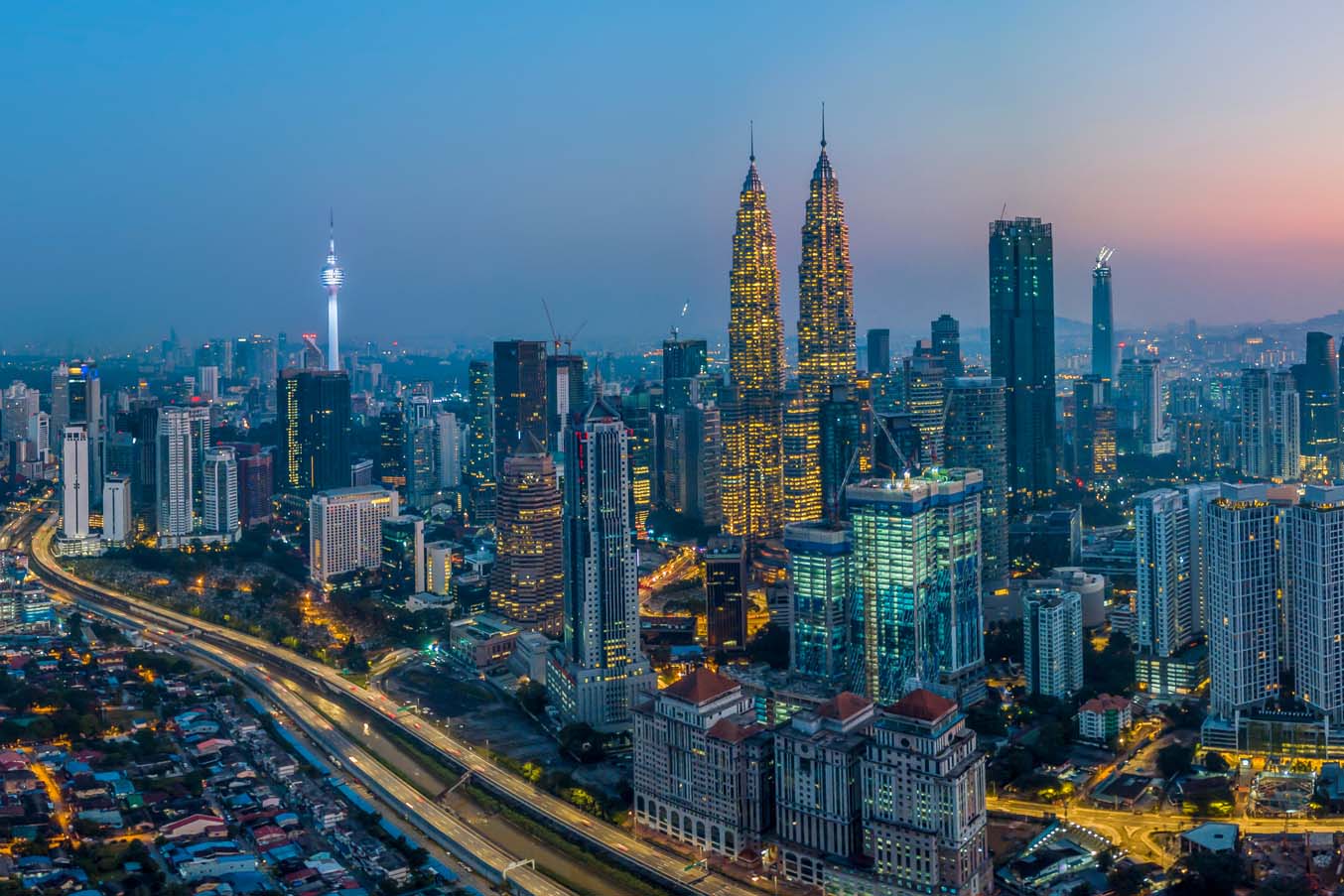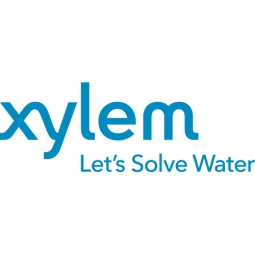下载PDF
Advanced Analytic Solutions for State-Wide Monitoring Program: A Case Study of Air Selangor

技术
- 传感器 - 空气污染传感器
- 传感器 - 环境传感器
适用行业
- 电网
- 公用事业
适用功能
- 物流运输
用例
- 泄漏与洪水监测
- 水务管理
服务
- 系统集成
挑战
过去,Air Selangor 使用多种技术来识别泄漏和爆裂。然而,仍然需要更快的响应,以最大限度地减少泄漏/突发的运行时间和造成的中断。从历史上看,该公用事业公司在发现之前面临很长时间的泄漏,这通常是由于其主干网络的地理位置偏远。此外,已知压力瞬变是网络中的一个问题,但没有关于其来源或原因的信息。
雪兰莪航空还注意到,同一管道经常发生泄漏,引起关注并损害公用事业公司的声誉。雪兰莪航空积极寻求持续监测的创新理念,以及早发现泄漏和压力波动,减少 NRW 并改善客户关系。
客户
雪兰莪航空
关于客户
Air Selangor是马来西亚雪兰莪州拥有的大型供水公司。该公用事业公司为 840 万居民提供服务,管理着超过 6200 公里的干线干线,范围从 300 毫米到 2200 毫米不等,其中许多管道位于该州的偏远地区。
解决方案
Air Selangor 与 Xylem 合作开发了一项长期的、全州范围的监控计划,以提高资产的可靠性和弹性。 Xylem Water Loss Management 提供对泄漏、爆裂和浪涌检测的实时监控,以帮助 Air Selangor 防止整个系统的资产过早失效。
用于泄漏和爆裂检测的赛莱默水损失管理解决方案结合并分析了两种主要泄漏检测方法(压力瞬变和水听器)的分析,以帮助公用事业公司在几分钟内定位管道爆裂并检测缓慢增长的泄漏。
用于浪涌检测的赛莱默水损管理解决方案是一种非侵入性且经济高效的方法,可用于监测供水网络是否存在破坏性压力浪涌。
运营影响
数量效益
相关案例.

Case Study
IoT Solutions for Smart City | Internet of Things Case Study
There were several challenges faced: It is challenging to build an appliance that can withstand a wide range of voltage fluctuations from as low at 90v to as high as 320v. Since the device would be installed in remote locations, its resilience was of paramount importance. The device would have to deal with poor network coverage and have the ability to store and re-transmit data if networks were not available, which is often the case in rural India. The device could store up to 30 days of data.

Case Study
Automation of the Oguz-Gabala-Baku water pipeline, Azerbaijan
The Oguz-Gabala-Baku water pipeline project dates back to plans from the 1970’s. Baku’s growth was historically driven by the booming oil industry and required the import of drinking water from outside of the city. Before the construction of the pipeline, some 60 percent of the city’s households received water for only a few hours daily. After completion of the project, 75 percent of the two million Baku residents are now served around the clock with potable water, based on World Health Organization (WHO) standards. The 262-kilometer pipeline requires no pumping station, but uses the altitude differences between the Caucasian mountains and the capital to supply 432,000 m³/d to the Ceyranbatan water reservoir. To the people of Baku, the pipeline is “the most important project not only in 2010, but of the last 20 years.”

Case Study
GPRS Mobile Network for Smart Metering
Around the world, the electricity supply industry is turning to ‘smart’ meters to lower costs, reduce emissions and improve the management of customer supplies. Smart meters collect detailed consumption information and using this feedback consumers can better understand their energy usage which in turn enables them to modify their consumption to save money and help to cut carbon emissions. A smart meter can be defined in many ways, but generally includes an element of two-way communication between the household meter and the utility provider to efficiently collect detailed energy usage data. Some implementations include consumer feedback beyond the energy bill to include online web data, SMS text messages or an information display in consumers’ premises. Providing a cost-effective, reliable communications mechanism is one of the most challenging aspects of a smart meter implementation. In New Zealand, the utilities have embraced smart metering and designed cost effective ways for it to be implemented. The New Zealand government has encouraged such a move to smart metering by ensuring the energy legislation is consistent with the delivery of benefits to the consumer while allowing innovation in this area. On the ground, AMS is a leader in the deployment of smart metering and associated services. Several of New Zealand’s energy retailers were looking for smart metering services for their residential and small business customers which will eventually account for over 500,000 meters when the multi-year national deployment program is concluded. To respond to these requirements, AMS needed to put together a solution that included data communications between each meter and the central data collection point and the solution proposed by Vodafone satisfied that requirement.

Case Study
NB-IoT connected smart meters to improve gas metering in Shenzhen
Shenzhen Gas has a large fleet of existing gas meters, which are installed in a variety of hard to reach locations, such as indoors and underground, meaning that existing communications networks have struggled to maintain connectivity with all meters. The meter success rate is low, data transmissions are so far unstable and power consumption is too high. Against this background, Shenzhen Gas, China Telecom, Huawei, and Goldcard have jointly trialed NB-IoT gas meters to try and solve some of the challenges that the industry faces with today’s smart gas meters.

Case Study
OneWireless Enabled Performance Guarantee Test
Tata Power's power generation equipment OEMs (M/s BHEL) is required to provide all of the instrumentation and measurement devices for conducting performance guarantee and performance evaluation tests. M/s BHEL faced a number of specific challenges in conducting PG tests: employing high-accuracy digital communications for instrumentation, shortening setup and dismantling time, reducing hardware required, making portable instrument setup, avoiding temporary cabling work and the material waste costs

Case Study
British Gas Modernizes its Operations with Innovative Smart Metering Deployment
The UK government has mandated that smart meters are rolled out as standard across Great Britain by end of 2020, and this roll-out is estimated to create £14 billion in net benefits to the UK in consumer energy savings and lower energy generation demand, according to the Oxford Economics report, “The Value of Smart Metering to Great Britain.” While smart-metering systems have been deployed in many countries, the roll-out in Great Britain is unique because it is led by energy retailers, who have responsibility for the Electricity and Gas meters. The decision to have a retailer-led roll out was made by DECC (Department of Energy and Climate Change) to improve customer experience and drive consumer benefits. It has also led to some unique system-level requirements to support the unique local regulatory model.





